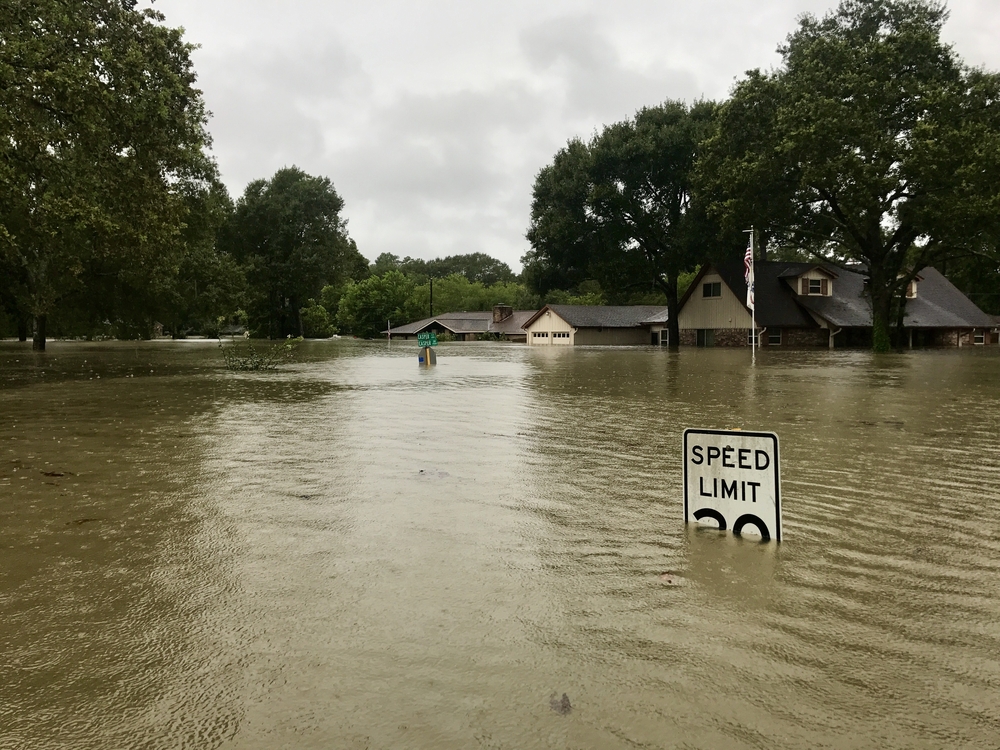
A new study led by Georgia State University states that the timing of hurricanes is a primary force in the spread of mosquito-borne diseases.
Such infectious diseases, like West Nile Virus or Zika, bloom with an increased mosquito population. Stagnant water helps drive those populations upward — something hurricanes provide in abundance. On the other hand, hurricanes also assist the spread by causing breakdowns in public and private health infrastructure, leaving more people at risk of infection. The earlier in the transmission season this all starts happening, the greater the effects.
“Mosquitos are very sensitive to temperature not only in terms of their ability to survive and reproduce but also in their ability to infect individuals,” said Gerardo Chowell, professor of mathematical epidemiology in the Georgia State University School of Public Health and lead author of the study. “The warmer it is, the faster an infected mosquito will be able to transmit the virus. Considering that mosquitos have an average lifespan of less than two weeks, that temperature difference can have a dramatic effect on disease outbreaks.”
Chowell and his colleagues from GSU and Arizona State University developed a mathematical model to study the effects of heavy rainfall events like hurricanes on disease transmission in temperate areas. Specifically, they found that HREs occurring on July 1 would make for 70 percent fewer disease cases than those that occur a month prior.
As people remain in a disaster-stricken area, they are put at higher risk by the lack of standard mosquito combating measures left to that area. Those coming in to provide emergency relief are also open to risk, while even fleeing the area is no guarantee of safety, as this reduces the number of local infections, but can spread the number of infections elsewhere.
“Since mosquito-borne diseases tend to be spread by the movement of people rather than the movement of mosquitoes, disaster-induced movements of people can shift where and when outbreaks occur,” said Charles Perrings, a professor in the School of Life Sciences at Arizona State University and a co-author of the study.
The study also stresses a need to create more quantitative tools to assess how disasters can affect the risk of disease transmission. To do so, they hope to figure out ways of tracking the number of people who leave during hurricanes, as well as how quickly they leave and return.




